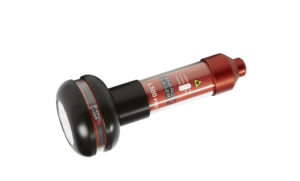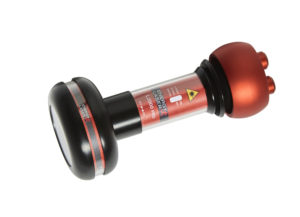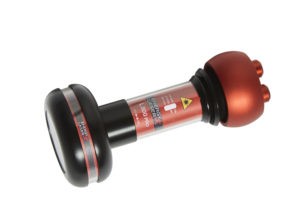Laser Therapy for Vets & Pet Therapists
Laser therapy is used by vets throughout the world as a pain-relieving tool. The scientific documentation of laser therapy in veterinary medicine is large with over one thousand published studies on animals. In equestrian sports the practitioners of laser therapy are very excited about the results. Cats, dogs and other pets can also be treated with lasers with good results. As with pharmaceuticals, dosage must be adapted to the size of the animal and the type of fur.
Energy Laser focuses on the development of non-invasive CW lasers for therapeutic use for the treatment of ulcers and pain and to accelerate the body’s natural healing process in humans and animals. Our cordless handheld series of lasers covers over 5 lasers that are characterized by being the smallest cordless handheld lasers in laser class 3B in the world
laser treatment of animals for professionals
The three handheld lasers in the “Professional” series all come with built-in Bluetooth feature with accompanying wavelength and processing time app.
The lasers are designed in a sleek ergonomic design with a unique ease of use that sets the standard for future LLLT/PBM lasers. The lasers are designed and built of high-quality materials that ensure the laser’s longevity. The lasers come with lithium batteries that ensure long processing time and fast charging. Extra battery can be purchased if desired. The long processing time and the cordless design makes it possible for the practitioner to treat the animal in the clinic as well as in the stable or even on the field.





